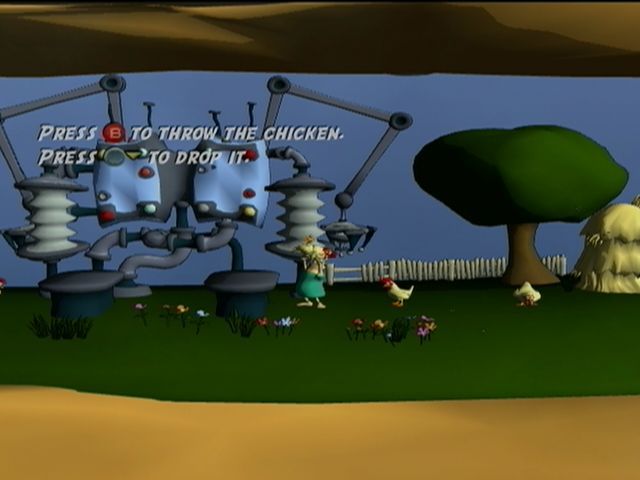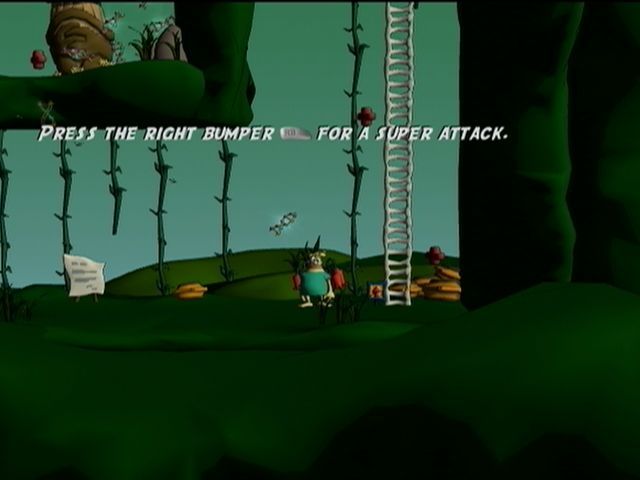Retro Replay Review
Gameplay
Cloning Clyde delivers a refreshingly inventive spin on the classic side-scrolling puzzle-platformer. From the moment you step into the lab as Clyde—the least promising test subject in scientific history—you’re immediately thrust into a series of brain-teasing stages that require both precision and creativity. Your primary goal is straightforward: rescue all of your cloned counterparts and reach the exit portal, but the means by which you accomplish this are anything but simple.
The core mechanic revolves around Clyde’s cloning ability. You’ll regularly duplicate yourself to flip switches, serve as stepping stones, or trigger distant sensors. These clones aren’t just disposable pawns; they’re vital assets. Planning the order and placement of your clones becomes an exercise in logistics, especially as you juggle unique DNA forms on top of the basic copy function. Timing and spatial awareness are critical, since mistakes can lead to irrecoverable dead-ends that force you to restart the level.
To keep things fresh, Cloning Clyde introduces DNA mutations that transform Clyde into new forms with specialized talents. Turn into Chicken Clyde to swoop over spikes, Frog Clyde to navigate underwater mines, or Monkey Clyde to cling and swing on horizontal bars. Other mutations—Sheep Clyde, explosive Barrel Clyde, and more—add layers of strategic depth. Each transformation is cleverly woven into puzzle design, demanding you to recognize which form suits the challenge at hand and switch seamlessly between them.
Beyond the main objectives, the game spices up each stage with collectible DNA strands that charge a powerful area-of-effect attack, hidden toy dolls for completionists, and a timer that encourages speedrunners to optimize their routes. Combined with both offline and Xbox Live multiplayer modes—co-op and competitive—Cloning Clyde offers abundant replay value for those looking to refine their strategies or challenge friends.
Graphics
Cloning Clyde’s visual style is a charming blend of cartoonish character models and industrial facility backdrops. Each level is rendered in bright, saturated colors that contrast Clyde’s simple silhouette against complex mechanical environments. This clear visual hierarchy ensures you can always distinguish between hazards, platforms, and interactive elements at a glance.
Animations are smooth and expressive. Watching Chicken Clyde’s flapping wings or Barrel Clyde’s rolling momentum adds a playful touch that enhances the game’s humor. The security robots and menacing machinery you face are detailed enough to feel like real threats, but their designs never veer into overly dark territory. The result is a family-friendly aesthetic that still retains a sense of urgency in tight puzzle situations.
Environmental variety is another highlight. From sterile laboratory corridors to outdoor research compounds and surreal bio-labs, each world introduces unique visual themes and associated traps. Subtle parallax scrolling lends depth to backgrounds, and effects like steam vents, flickering lights, and environmental hazards create a dynamic atmosphere.
Performance remains rock-solid throughout, even when dozens of Clyde clones crowd the screen. Frame rates stay consistent, ensuring that split-second jumps and precise clone placements aren’t compromised by technical hiccups. Overall, the graphics strike a perfect balance between whimsical design and functional clarity.
Story
The narrative of Cloning Clyde is kept delightfully simple, with humor at its core. Clyde himself isn’t the sharpest tool in the shed—he signed up for a risky experiment for a measly twenty bucks, only to be replicated a hundred times over. This premise sets the tone for a tongue-in-cheek adventure that never takes itself too seriously.
While story beats are minimal, they’re delivered with enough charm to keep you engaged between puzzles. Text pop-ups and brief cutscenes at the start and end of each world provide context for your escape, reveal bits of backstory about the mysterious Dupliclone, Inc., and inject comedic relief. Clyde’s one-liner reactions to dangerous situations reinforce his hapless persona, making you root for him despite—or perhaps because of—his cluelessness.
The lack of a deep narrative is intentional, steering focus toward inventive level design and puzzle-solving rather than elaborate plot twists. Despite this, you’ll feel a genuine incentive to push forward, driven by curiosity about the next mutation you’ll unlock or the next comical predicament Clyde will stumble into.
Multiplayer modes add a loose narrative framing when playing with friends. Cooperative levels often feature shared objectives that emphasize teamwork, creating small, amusing stories of collective Clyde misadventures. While the story doesn’t evolve significantly, the jumps in setting and fresh puzzle concepts keep the overall progression entertaining.
Overall Experience
Cloning Clyde is a standout indie title that fuses clever puzzle mechanics with lighthearted humor. Its core cloning concept, augmented by varied DNA transformations, provides a level of depth uncommon in 2D platformers. Whether you’re meticulously orchestrating a squad of Chicken Clydes or desperately reloading a checkpoint after a misplaced Frog Clyde, the game strikes a satisfying balance between challenge and accessibility.
Players seeking solo puzzle-solving thrills will appreciate the tight level design and optional collectibles that reward exploration and speed. Those eager for social gaming experiences can dive into the cooperative and competitive multiplayer modes, where chaos inevitably ensues as multiple Clydes attempt to coordinate on the same screen.
While the narrative may be sparse, it serves its purpose as a quirky framework that complements the playful graphics and inventive gameplay. The absence of a deep story is hardly a drawback here; the real joy comes from the “aha” moments when a creative cloning solution finally clicks into place.
In summary, Cloning Clyde is a clever, well-polished adventure that will appeal to fans of puzzle-platformers and anyone looking for a refreshing twist on familiar mechanics. Its combination of accessible controls, imaginative level variety, and cooperative chaos guarantees that you’ll keep cloning—and laughing—long after the final portal closes.
 Retro Replay Retro Replay gaming reviews, news, emulation, geek stuff and more!
Retro Replay Retro Replay gaming reviews, news, emulation, geek stuff and more!









Reviews
There are no reviews yet.